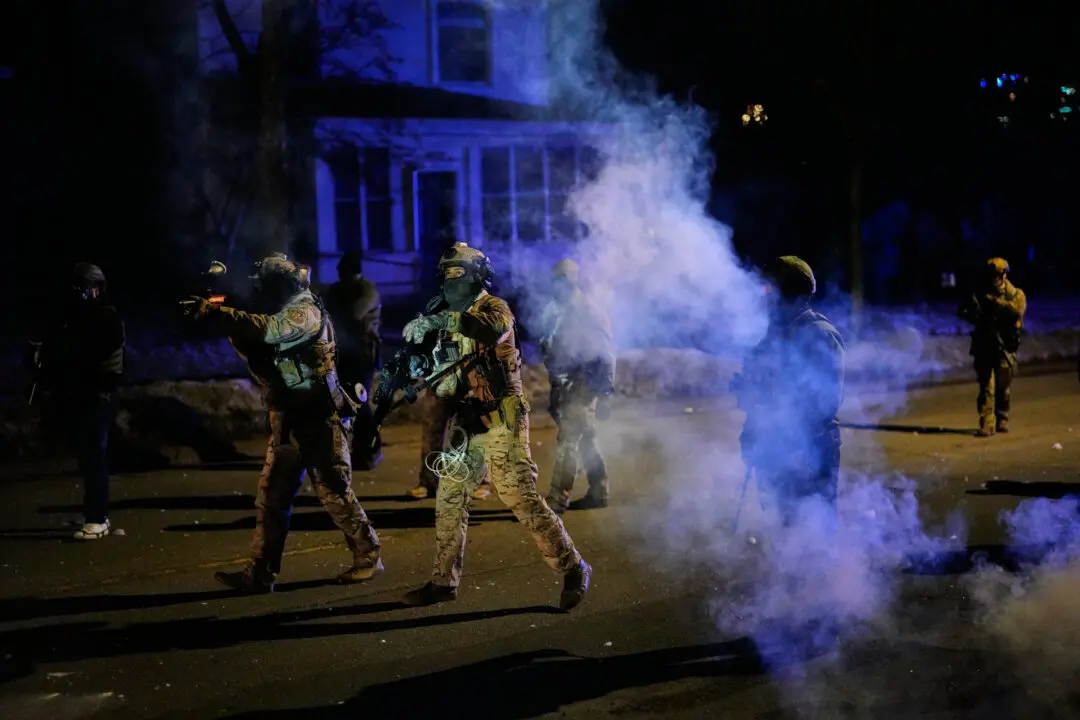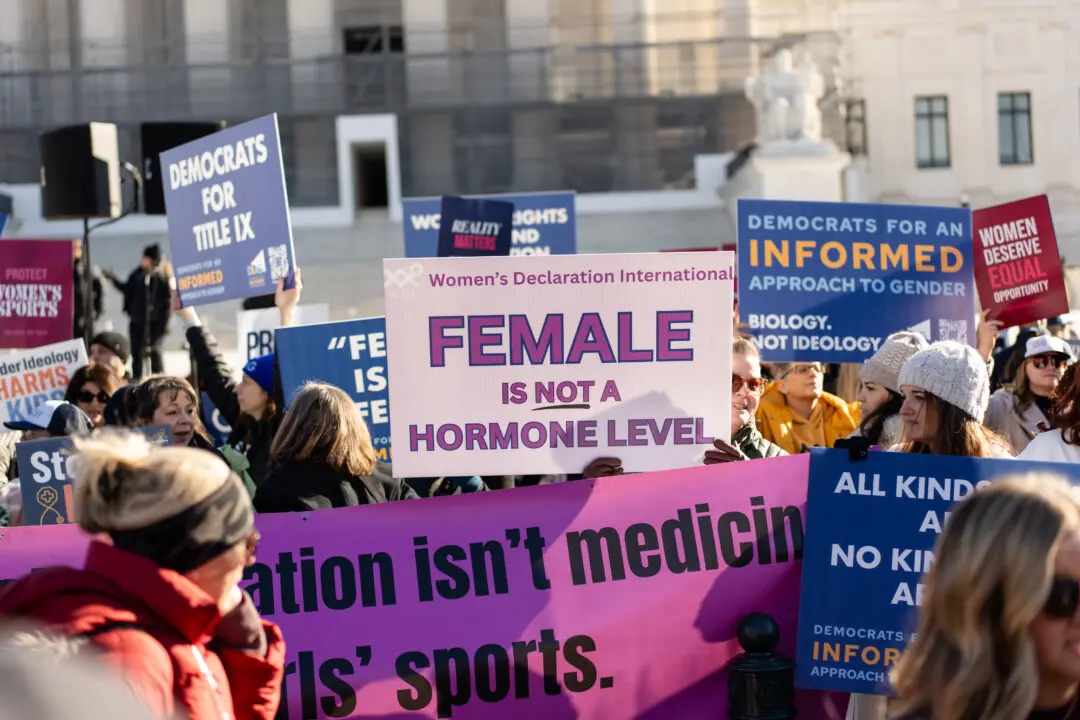The demand for goods and services in the U.S. economy has suffered in recent weeks, S&P economist Chris Williamson said while raising concerns about the country slipping into recession.
The pace of America’s economic growth has “slowed sharply” in June, with “deteriorating forward-looking indicators” setting the stage for an “economic contraction” during Q3, 2022, Williamson, the Chief Business Economist at S&P Global Market Intelligence said in a June 23 press release. The goods-producing sector is “already in decline” and the service sector is “slowing sharply.”





